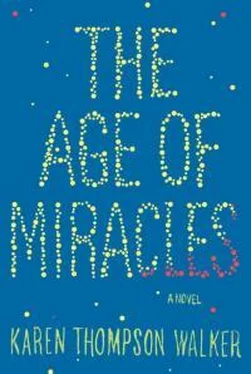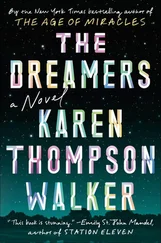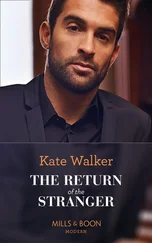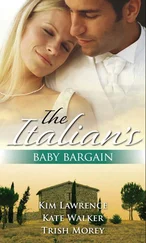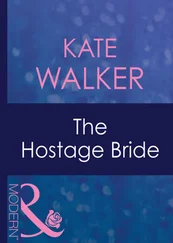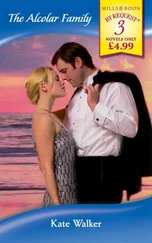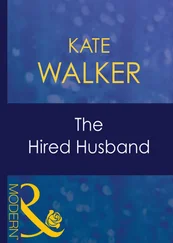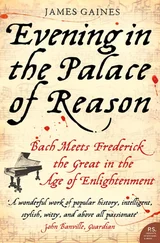By the time the sun came around again, the news had spread: Something was happening to the earth’s magnetic field.
* * *
At the time of the slowing, little was known about the dynamo effect. More theory than fact, it was just an elegant mathematical guess that hovered like string theory at the crossroads of science and faith. Untested and untestable, the dynamo theory was a dreamy speculation that the earth’s magnetic field might somehow depend upon the steady rotation of the planet.
For millions of years, the magnetic field had been shielding the earth from the sun’s radiation, but in the eighth month after the start of the slowing, the magnetic field began to wither. A massive breach, the North American anomaly, opened up over the western half of the continent.
It was not the first time I ever heard the word radiation , but if you’d asked me to define the word on any day before that one, I would have linked it to history, to the atomic bomb and the wars of a previous century.
Now, we were told, radiation was streaming into our upper atmosphere.
Aircraft and satellites were rerouted throughout the region. The government insisted that the threat to humans was minimal, but we were advised to avoid all exposure to the sun—just in case. It would take time to determine the true risk.
And so, as the days grew to sixty hours long, amusement parks and outdoor malls began to close during daylight hours. Some sporting events were canceled or moved to covered stadiums. The industrial greenhouses were tented; radiation could kill plant cells as easily as ours. After that, the crops lived entirely on artificial light.
At the time, of course, we hoped these measures might be temporary. All the officials were repeating the same neat phrase: out of an abundance of caution . It was only later that I would come to think of this shift as not just one more weird phenomenon but as something different, a final swing.
My parents took the warnings seriously. The schools did as well. Our travels during daylight were immediately limited to the route of the school bus, which itself had been outfitted with blackout shades. We kept our curtains perpetually closed. We saved our errands for the dark. Every time the sky began to lighten, we hurried home and shut our doors against the radiation of the sun.
We swallowed vitamin-D tablets to make up for what we were missing from the sunlight. We hunkered down and waited for the all-clear.
Those daylight days were dreary. Those daylight days felt slow. My mother would not allow me out of the house except for school, so I saw much less of Seth on those bright days. I spent my time alone in my bedroom, longing for the freedom of the dark.
Sunset took on new importance for me during those weeks, no matter when it struck. Whenever the sun slipped down behind the earth, there’d be a knock at my door a few minutes later, and there Seth would be, standing on our porch in the twilight.
“Hey,” he’d say.
“Hey,” I’d say, and then I’d wave him into the house.
On dark days, we spent almost all of our time together.
I hadn’t seen Sylvia in weeks. Her curtains were perpetually closed these days. My telescope was of no use. I couldn’t tell you what went on in her house. Her roses, like all the others, were dead, but she’d made no effort to clear away the remains. Instead, the bushes stood skeletal near her driveway. She’d done nothing about her lawn, either, as all the other neighbors had done by then. No artificial turf surrounded her house. A fine dirt blew perpetually across the driveway. She never seemed to come out. The graffiti had been covered hastily with a splash of brown paint that stood out against the white garage. The hole in her roof continued to gape, the white plastic sheeting slowly browning in the air.
Superstitions about Sylvia brewed among the younger kids, who now crossed the street to avoid passing her house or else dared one another to ring the bell, though none were brave enough to do it. I once watched a pair of Jehovah’s Witnesses inspect Sylvia’s house from the sidewalk. They moved on without knocking, kept their message to themselves. If my father ever crossed into that house again, I hadn’t seen him do it. As far as I could tell, no one entered Sylvia’s house. And no one, seemingly, left.
“Maybe she only goes out on white nights,” said Seth. “When everyone else is asleep.”
We were sprawled out on separate couches in his living room, eating ice cream from metal bowls and enjoying the last few hours of darkness. Through the windows, we watched the sky flare—the Northern Lights had swooped down almost to the equator, one more result of the changes to the magnetic field. There was a new name for this new effect: the aurora medius.
“Maybe,” I said.
“That’s what I would do if I were her,” said Seth.
“Maybe she moved away,” I said.
Seth considered the possibility. His ice cream spoon clinked against his front teeth.
“Without her car?” he said.
We had noticed that Sylvia’s newspapers never piled very high before they disappeared from the porch. The mailbox never overflowed.
“I think she’s still in there,” he said.
The lights in Seth’s living room flickered. It was happening more and more often. We were using more and more fuel.
“I know what we should do,” said Seth. He sat up quickly and set his empty bowl on the coffee table. A strip of tan stomach flashed as he moved. I liked the way his hip bone jutted out above his belt. “We’ll sneak out in the middle of a white night and see if she ever comes out.”
As soon as he said it, I knew we would do it that night. The idea was irresistible. Sylvia was one more rare specimen for the two of us to observe: the last real-timer in the neighborhood.
I called my mother and told her I was spending the night at Hanna’s. It was getting easier to lie.
“Oh, good,” said my mother. She sounded sleepy on the phone. “I knew you and Hanna would make up eventually.”
I could tell from the seconds beading up between her words that she was recovering from another wave of dizziness. She never would have believed me if she were well. I hadn’t been to Hanna’s in months.
“But Julia,” she said, “just please stay out of the sun.”
“I will,” I said. “I promise.”
But that night we ignored the warnings.
Seth and I spent that evening alone by the pool, watching the sun climb over the hills. Weeks had passed since I’d seen the sun directly. The old sunrises never produced so much pleasure, but these new ones, more rare—and now forbidden—arrived like mercy and set off something chemical: a euphoria of daylight.
Seth’s father came home around nine. “Julia should probably go home now,” said his father as he headed up to bed.
“She’s leaving right now,” said Seth.
I nodded. Seth’s father rubbed his beard in the doorway. He looked exhausted.
“Good night, then,” he said, and disappeared into his bedroom.
But I didn’t leave.
Instead, we lay out on lawn chairs, Seth and I, waiting in the dimness, waiting, waiting, waiting for the sun to touch our skin. When it finally did, we let it heat our bodies to the point of faintness, and then we stumbled, delirious, into the shade.
I learned later that the radiation was more hazardous to children than to adults. Our bodies were smaller, incomplete. We had more time ahead of us for cell damage to ripen into cancer. Our brains were still developing. Whole regions were not yet fully formed—most crucially, we understood later, the frontal cortex, realm of decision making and forethought, the weighing of costs and consequence.
In other houses, the sick were growing sicker. New cases of gravity sickness were sprouting throughout the region. Projections about the future were turning more and more dire. But Seth and I felt fine. We felt better than fine. Sometimes death is proof of life. Sometimes decay points out a certain verve. We were young and we were hungry. We were strong and growing stronger, so healthy we were bursting.
Читать дальше
